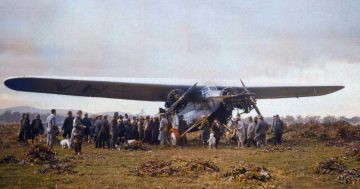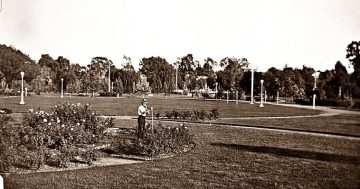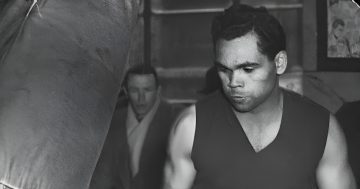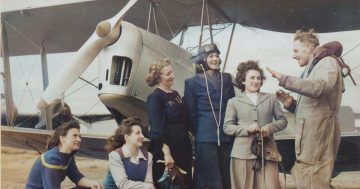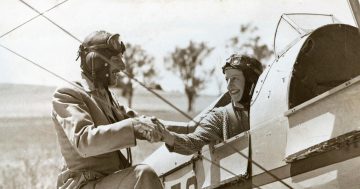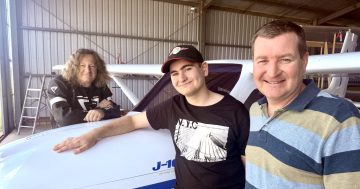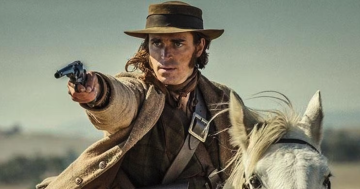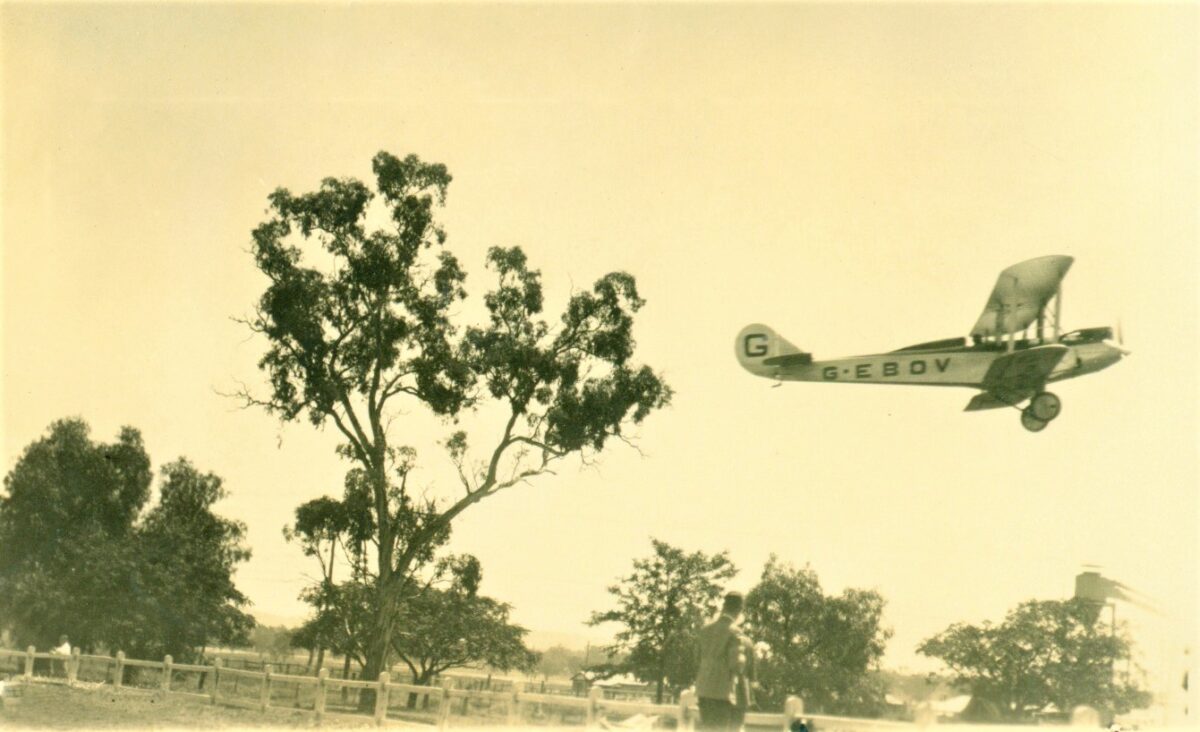
Bert Hinkler in his Avro 581E Avian leaving Wagga early on the morning of Sunday, 18 March, 1928. Photo: Museum of the Riverina.
This week, the Museum of the Riverina takes us back to the early days of aviation.
Late in the evening of 28 February, 1928, a large number of Wagga radio enthusiasts were thrilled to hear an address given by famous Australian aviator Bert Hinkler over the wireless from his home town of Bundaberg, Queensland.
Just 21 days earlier, Hinkler had set off in his small Avro biplane to achieve his long-held dream – of flying solo from England to Australia. With no fanfare and little fuss, he set off, intent on beating the record of 28 days set by brothers Ross and Keith Smith in 1919, while becoming the first person to do the trip solo.
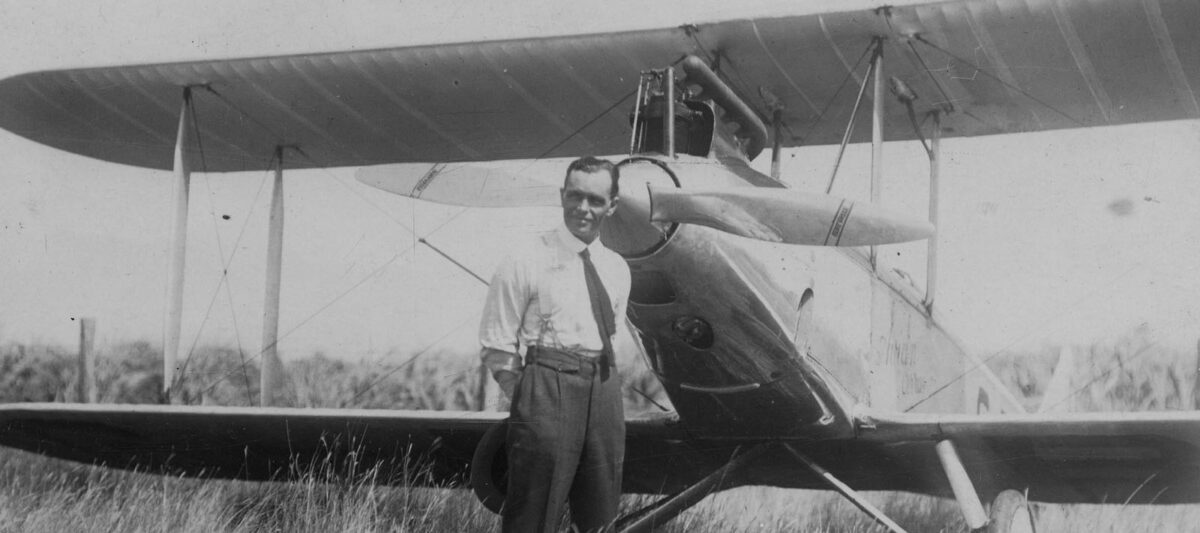
Aviation hero Bert Hinkler spent a night in Wagga before continuing his trip to Melbourne. Photo: Hinkler Hall of Aviation.
Not only would he smash the record, he would also become one of Australia’s greatest aviators.
His first leg was from London to Rome, where he had to land by moonlight. He then flew to Malta, stopping there overnight before flying to Libya in North Africa. From there he headed to Tobruk, Ramleh (Palestine), Basra (Iraq), Jask (Iran), Karachi (Pakistan, then India), Kanpur and Calcutta (India), Yangon and Victoria Point (Myanmar), Singapore, Bandung (Java) and Bima (West Nusa Tenggara).
He finally landed in Darwin on 22 February after just 15 days of flying, halving the existing record. The same day that his local fans listened to Hinkler’s address in Bundaberg, Wagga Mayor Frederick William Day issued the aviator with an invitation to visit Wagga.
On Friday, 16 March, The Daily Advertiser announced that Hinkler would touch down on the Wagga Showgrounds at 4:15 pm the following day and arrangements had been made for his formal reception.
After stopping at Cootamundra for half an hour, Hinkler made his way to Wagga, where he was to spend the night before continuing his flight to Melbourne early Sunday morning.
The majority of stores in town agreed to close on Saturday afternoon from 3:30 to 6 pm. Members of the 61st Battery, AFA would form a guard of honour for Hinkler and would be responsible for guarding the plane after the landing. The boy scouts, police and NRMA guides would all be in uniform controlling both crowds and traffic.
To ensure ”safety from molestation” (a term once applied more broadly than today), the airplane was to be lodged overnight in Kyeamba Smith Hall.
A platform was erected in front of the grandstand where Hinkler was formally received by the Mayor on behalf of the citizens of Wagga after he taxied his plane around the grounds.
It was a busy stop for the famous flyer as it seemed everyone wanted to catch a glimpse. Other formalities included:
- A ”smoke social” attended by diggers and organised by the Wagga branch of the RSL.
- A formal dinner at the Commercial Hotel for members of the organising committee and others, up to a total of 20.
- A presentation made to Hinkler at the Town Hall. Arrangements were made for the running of special trains and concession fares, allowing residents of Junee and Albury to attend.
Hinkler’s visit to Wagga was a huge success and Mayor Day was delighted with the public’s welcome.
Wednesday, 21 March’s paper reported that ”the behaviour of the large concourse of people at the showground was all that could be desired. No rough element was present to spoil a very enjoyable day. The Mayor sincerely thanked all who had helped make Mr Hinkler’s stay in Wagga enjoyable. He was particularly grateful to the massed bands, the police, and the members of the NRMA. All were deserving of the appreciation of the public for the way in which the function had been carried out.”
Today, Hinkler’s extraordinary story is preserved, along with some of his planes, in Bundaberg’s Hinkler Hall of Aviation.







